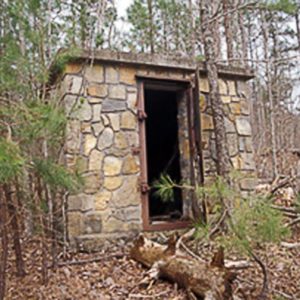 CCC Company 741 Powder Magazine
CCC Company 741 Powder Magazine
Entry Category: Museums and Historic Sites - Starting with C
 CCC Company 741 Powder Magazine
CCC Company 741 Powder Magazine
CCC Company 741 Powder Magazine Historic District
CCC Company 749 Powder Magazine
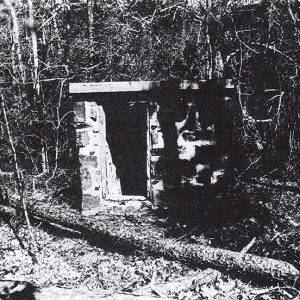 CCC Company 749 Powder Magazine
CCC Company 749 Powder Magazine
 CCC Staff
CCC Staff
Cedar Creek Bridge
aka: Goodie Creek Bridge
 Cedar Creek Bridge
Cedar Creek Bridge
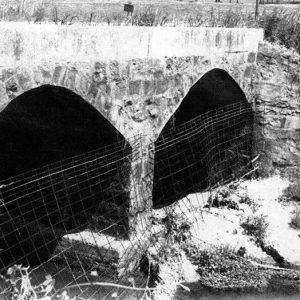 Cedar Creek Bridge
Cedar Creek Bridge
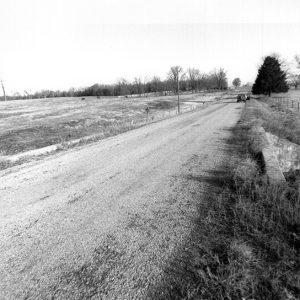 Cedar Creek Bridge Road Bed
Cedar Creek Bridge Road Bed
Cedar Grove School No. 81
Centennial Baptist Church
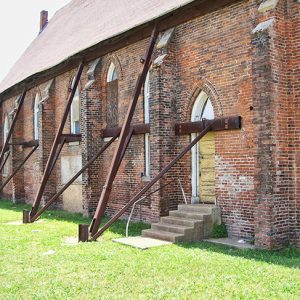 Centennial Baptist Church Repairs
Centennial Baptist Church Repairs
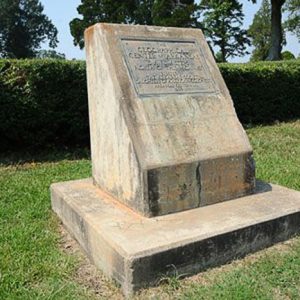 Center of State Marker
Center of State Marker
Central Delta Depot Museum
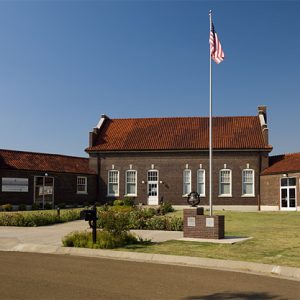 Central Delta Depot Museum
Central Delta Depot Museum
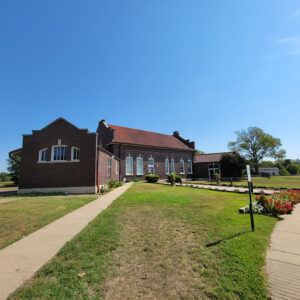 Central Delta Depot Museum
Central Delta Depot Museum
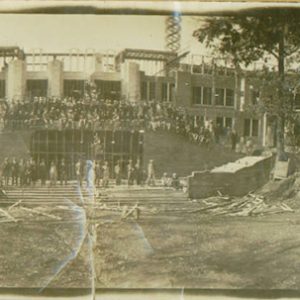 Central High Construction
Central High Construction
 Central High Postcard
Central High Postcard
Central High School Neighborhood Historic District
Central Theater
Charles “Bullet” Dean Hyten House
Charlotte Street Historic District
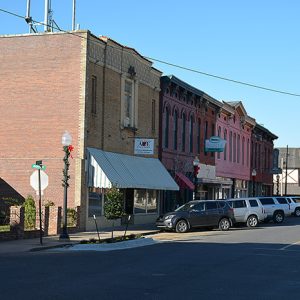 Cherry Street Historic District
Cherry Street Historic District
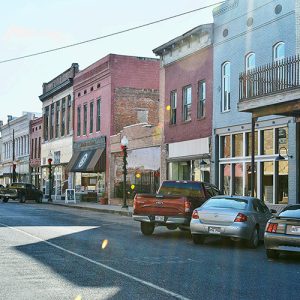 Cherry Street Historic District
Cherry Street Historic District
Cherry Street Historic District
Chicot County Courthouse
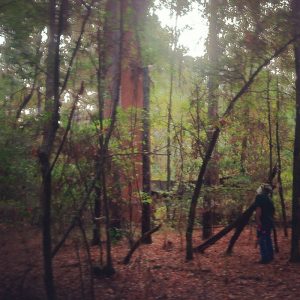 Chimney Remnants
Chimney Remnants
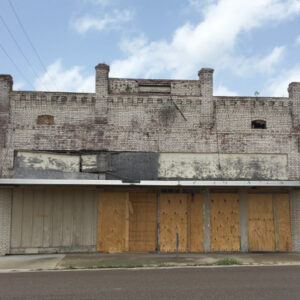 Chu Building
Chu Building
 Citizens Bank Building
Citizens Bank Building
 Citizens Bank Building
Citizens Bank Building
Citizens Bank Building (Jonesboro)
 Civil War Trail
Civil War Trail
Clark County Courthouse
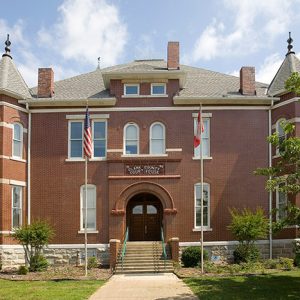 Clark County Courthouse
Clark County Courthouse
Clark County Library
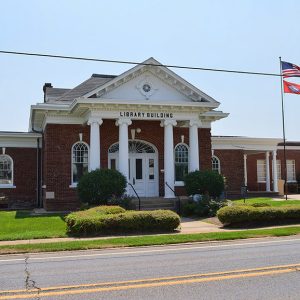 Clark County Library
Clark County Library
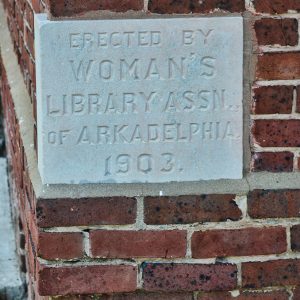 Clark County Library Plaque
Clark County Library Plaque
Clark County Museum
 Clark House
Clark House
Clark House (Malvern)
 Joe Marsh and Maxine Clark House
Joe Marsh and Maxine Clark House
Clarksville Confederate Monument
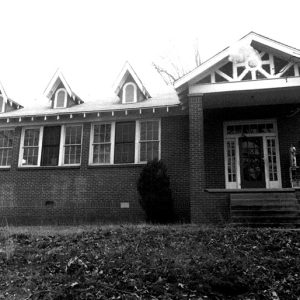 Clarksville High School Building No. 1
Clarksville High School Building No. 1
Clarksville High School Building No. 1
 Clarksville High School Building No. 1 (back)
Clarksville High School Building No. 1 (back)
Clarksville National Guard Armory
Clayton House
aka: W. H. H. Clayton Home
Clear Springs Tabernacle
Cleburne County Courthouse
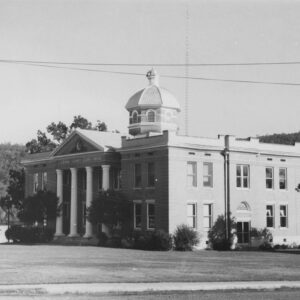 Cleburne County Courthouse
Cleburne County Courthouse




